Do I need a grinder for an espresso machine?
2024-06-20 14:12:50
Introduction
With regards to making coffee, numerous espresso devotees keep thinking about whether it is important to put resources into a grinder. While some coffee machines accompany worked in grinders, others require a different Coffee Vending Machine Grinder to accomplish the ideal brew. In this blog entry, we will investigate whether you want a grinder for a coffee machine, dive into the advantages of having one, and contrast various kinds of grinders with assistance you settle on an educated choice.

What Are the Benefits of Using a Grinder for an Espresso Machine?
Using a grinder specifically for your espresso machine can significantly enhance your coffee experience. Here, we will explore the main benefits of having a dedicated grinder.
Freshness and Flavor
One of the essential advantages of involving a processor for your coffee machine is the newness it gives. After being ground, coffee beans begin to oxidize, which causes them to lose their flavor and aroma. Crushing your espresso beans not long prior to blending guarantees that you catch the greatest flavor and fragrance, bringing about a more extravagant and more sweet-smelling mug of coffee.
Even when properly stored, pre-ground coffee does not compare to freshly ground coffee when brewed. The oils and mixtures liable for espresso's flavor corrupt after some time, prompting a level and less tasty cup. By crushing your own beans, you guarantee that your coffee is constantly produced using the freshest conceivable espresso.
Control Over Grind Size
During the extraction process, the size of your coffee beans' grinds is very important. Different preparing techniques require different drudgery sizes, and coffee machines are especially delicate to crush consistency. When you use a Coffee Vending Machine Grinder, you can adjust the size of the grind to fit the needs of your espresso machine, resulting in better flavor and extraction.
With a devoted processor, you can try different things with various drudgery sizes to track down the ideal equilibrium for your taste inclinations. A stronger and more intense flavor will be produced by a coarser grind, whereas a finer grind will result in a milder flavor. You can customize your espresso to your liking and get the best results by controlling the size of the grind.
Consistency and Uniformity
For producing high-quality espresso, it is essential to maintain a consistent grind size. A bitter or sour taste can result from uneven extraction caused by inconsistent grind sizes. A decent processor will deliver uniform particles, guaranteeing that the water streams equally through the espresso beans during extraction.
Due to the short extraction time and high pressure involved in the brewing process, uniform grind size is especially important for espresso. Over-extraction or under-extraction, both of which have a negative impact on the flavor of your espresso, can result from any inconsistencies in the grind. Using a good Coffee Vending Machine Grinder, you can get the consistency you need to shoot perfect shots every time.

Can I Use Pre-Ground Coffee for an Espresso Machine?
While it is feasible to utilize pre-ground espresso for a coffee machine, there are a few variables to consider that might influence the nature of your coffee. We will discuss the advantages and disadvantages of using pre-ground coffee, as well as the reasons why freshly ground beans are typically preferred.
Convenience and Accessibility
Pre-ground coffee's ease of use is one of its primary benefits. It wipes out the requirement for a processor and works on the fermenting system, making it faster and more straightforward to set up your coffee. Pre-ground espresso is additionally broadly accessible and can be found in most supermarkets, making it an available choice for some individuals.
Pre-ground coffee can be a useful option for those who are new to making espresso or do not have the time or money to buy a grinder. It lets you enjoy espresso without having to grind your own beans first.
Flavor and Quality
Pre-ground coffee lacks significant quality and flavor advantages despite its convenience. As referenced before, espresso beans begin to lose their flavor and smell whenever they are ground. Pre-ground espresso, regardless of whether it is put away in an impermeable compartment, won't hold its newness for a really long time.
Additionally, pre-ground coffee frequently lacks the precise grind size that is necessary for espresso machines. Coffee requires a fine and reliable drudgery, which is challenging to accomplish with pre-ground espresso that is normally ground for trickle espresso creators or other blending strategies. Pre-ground coffee can result in less flavorful espresso and less effective extraction.
Shelf Life and Storage
Pre-ground espresso has a more limited timeframe of realistic usability contrasted with entire beans. The expanded surface area of ground espresso speeds up the oxidation interaction, making it lifeless all the more rapidly. Regardless of whether put away in a cool, dim spot, pre-ground espresso will lose its newness inside half a month.
Whole beans, on the other hand, can remain fresh for several months if stored properly. By crushing your own beans, you can guarantee that your espresso is in every case crisp, upgrading the general nature of your coffee.
What Types of Grinders Are Best for Espresso Machines?
When choosing a Coffee Vending Machine Grinder for your espresso machine, it is important to consider the different types available and their respective advantages and disadvantages. Here, we will compare the most common types of grinders used for espresso.
Blade Grinders
Blade grinders are the most basic and affordable type of coffee grinder. They use a spinning blade to chop the coffee beans into smaller pieces. While blade grinders are easy to use and inexpensive, they have several drawbacks that make them less suitable for espresso.
Inconsistent Grind Size
One of the main issues with blade grinders is their inability to produce a consistent grind size. The blades chop the beans unevenly, resulting in a mixture of fine and coarse particles. This inconsistency can lead to uneven extraction and a less flavorful cup of espresso.
Heat Generation
Blade grinders tend to generate heat during the grinding process, which can negatively impact the flavor of the coffee. The heat can cause the coffee beans to lose some of their essential oils and flavors, resulting in a less aromatic and less flavorful espresso.
Burr Grinders
Burr grinders are the preferred choice for espresso enthusiasts due to their ability to produce a consistent and uniform grind size. They use two revolving abrasive surfaces (burrs) to crush the coffee beans into a precise and consistent size. Burr grinders come in two main types: flat burr grinders and conical burr grinders.
Flat Burr Grinders
Flat burr grinders use two flat burrs to grind the coffee beans. They offer a high level of precision and consistency, making them ideal for espresso. Flat burr grinders tend to be more expensive than blade grinders, but they provide better grind quality and durability.
Conical Burr Grinders
Conical burr grinders use cone-shaped burrs to grind the coffee beans. They are known for their ability to produce a consistent grind size with minimal heat generation. Conical burr grinders are often preferred for their durability and ease of cleaning.
Both flat and conical burr grinders are suitable for espresso machines, but the choice between the two often comes down to personal preference and budget. Flat burr grinders are typically found in commercial settings, while conical burr grinders are popular among home users.
Manual Grinders
Manual grinders, also known as hand grinders, are a good option for those who want to have more control over the grinding process. They use burrs to grind the coffee beans and are operated by turning a handle. Manual grinders are typically more affordable than electric burr grinders and are portable, making them a great choice for travel.
Advantages of Manual Grinders
- Portability: Manual grinders are compact and lightweight, making them easy to carry when traveling.
- Consistency: Many manual grinders use high-quality burrs that provide a consistent grind size.
- Cost: Manual grinders are often more affordable than electric burr grinders.
Disadvantages of Manual Grinders
- Effort: Grinding coffee beans manually can be time-consuming and requires physical effort, especially for larger quantities.
- Speed: Manual grinders are slower than electric grinders, which can be a drawback if you need to grind coffee quickly.
Conclusion
So, does an espresso machine require a Coffee Vending Machine Grinder? If you want your espresso to have the best flavor and quality possible, the answer is a resounding yes. Pre-ground coffee can be useful, but it doesn't have the freshness or precision needed for good extraction. Putting resources into a decent processor permits you to control the drudgery size, guarantee consistency, and partake in the freshest espresso conceivable.
Having a dedicated grinder will significantly enhance your experience making espresso, regardless of whether you choose a burr, blade, or manual grinder. Burr processors, especially level and conelike burr processors, are the most ideal decision for accomplishing the reliable and exact toil expected for coffee.
Eventually, the choice descends to your inclinations and spending plan. By understanding the advantages and restrictions of various kinds of processors, you can pursue an educated choice that suits your necessities and assists you with partaking in the ideal mug of coffee like clockwork.
References
1. Breville. (2023). Breville Barista Express. Retrieved from https://www.breville.com/
2. De'Longhi. (2023). De'Longhi Magnifica. Retrieved from https://www.delonghi.com/
3. Gaggia. (2023). Gaggia Brera. Retrieved from https://www.gaggia.com/
4. Jura. (2023). Jura E8. Retrieved from https://www.jura.com/
5. Philips. (2023). Philips 3200 Series. Retrieved from https://www.philips.com/
6. CoffeeGeek. (2023). Espresso Machine Reviews. Retrieved from https://www.coffeegeek.com/
7. Whole Latte Love. (2023). Best Espresso Machines with Grinders. Retrieved from https://www.wholelattelove.com/
8. Seattle Coffee Gear. (2023). Top Espresso Machines with Grinders. Retrieved from https://www.seattlecoffeegear.com/
9. Home Grounds. (2023). Best Espresso Machines with Built-In Grinders. Retrieved from https://www.homegrounds.co/
10. Sprudge. (2023). Espresso Machine Buying Guide. Retrieved from https://www.sprudge.com/
Send Inquiry
Related Industry Knowledge
- How does a Vending Coffee Machine Water Tank work?
- What is a volumetric counter?
- How do you clean a coffee sieve?
- How has the Vending Machine Camera technology developed over time?
- How Do You Fix a Coffee Grinder Motor?
- Vending Machine Control Board Repair
- Is a built-in coffee grinder worth it?
- How to use a Coffee Vending Machine Ingredient Canisters?
- Does coffee stay fresh in a Coffee Vending Machine Ingredient Canisters?
- How Long Can Coffee Beans Stay in the Hopper?

.webp)
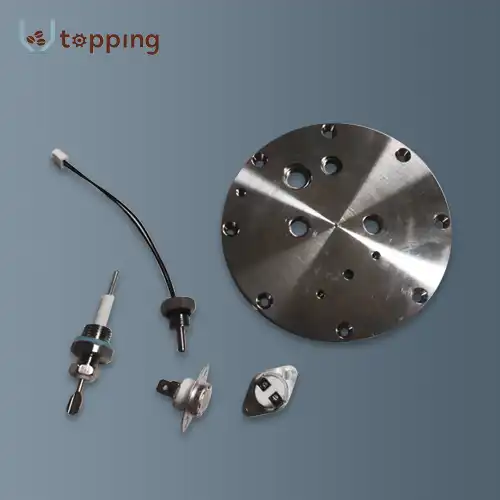
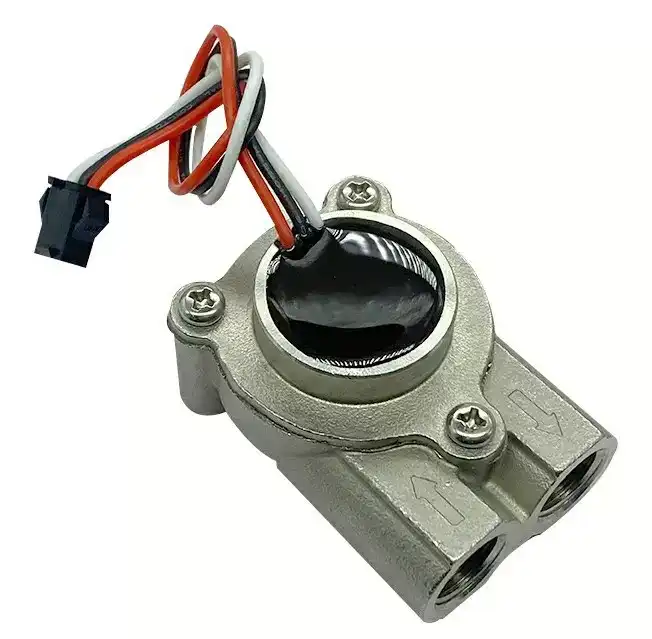
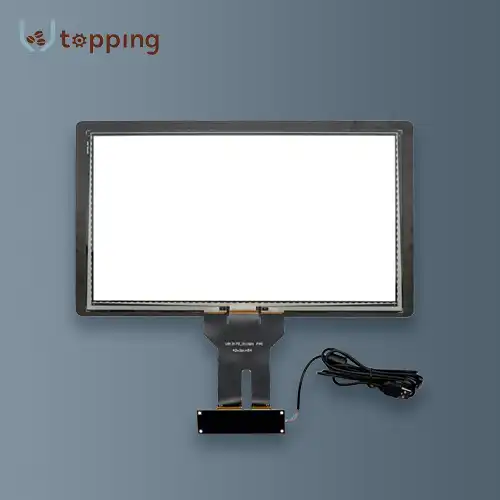
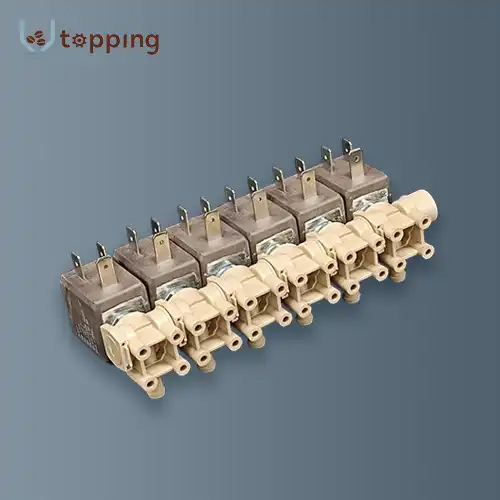
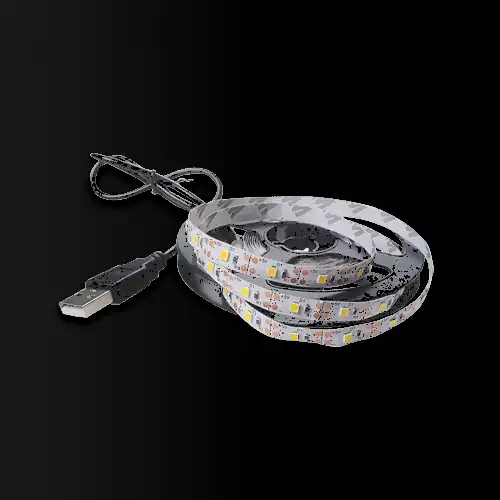
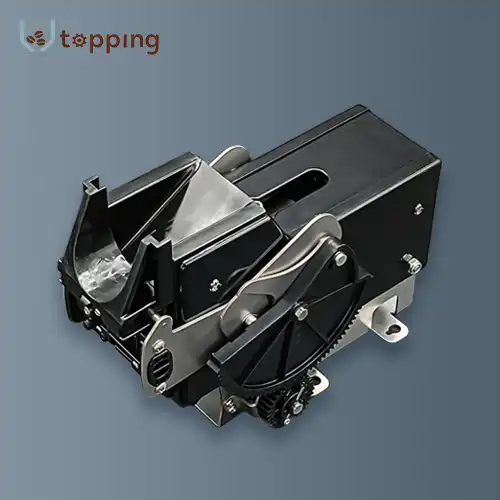
.webp)

